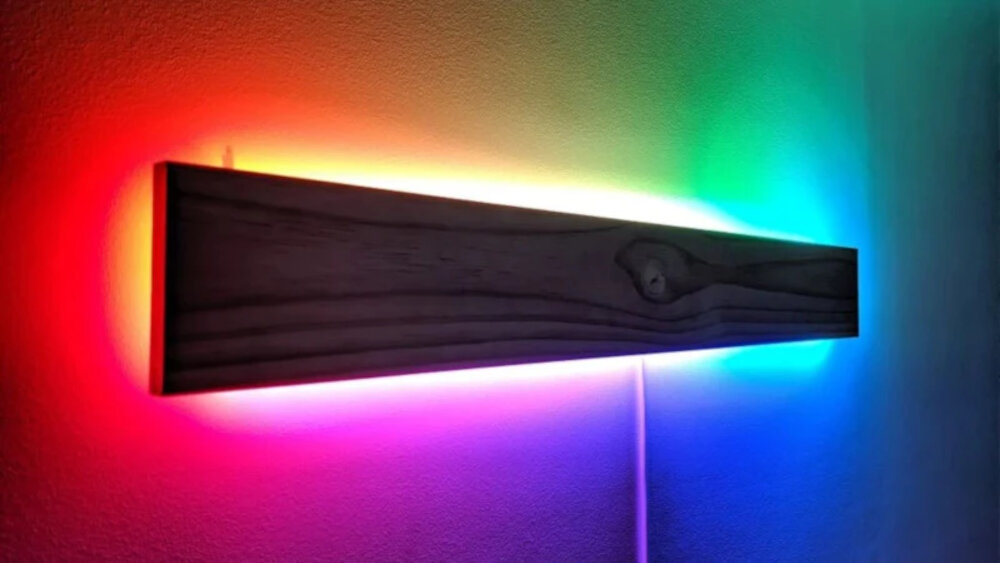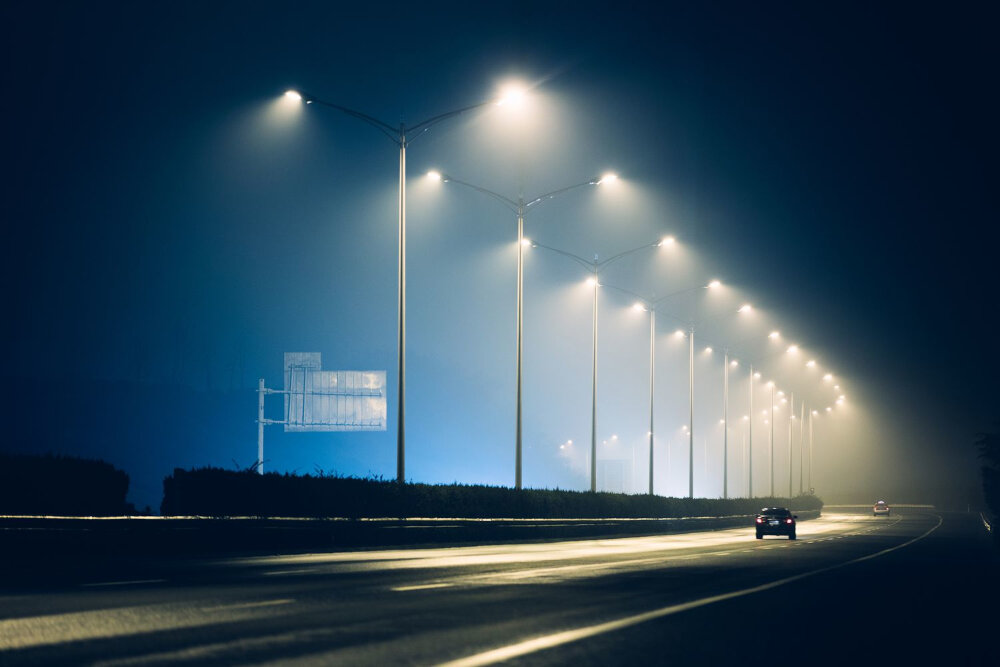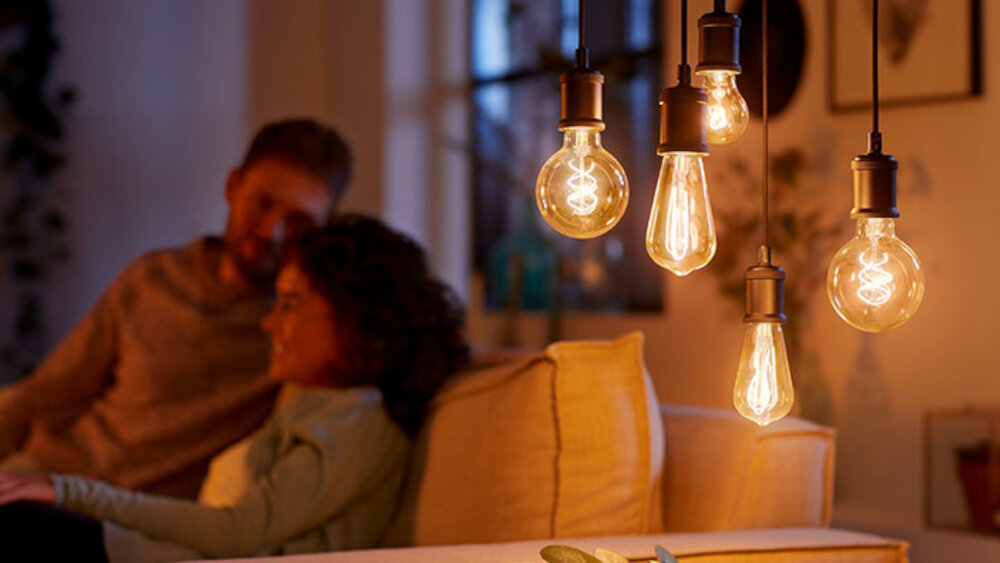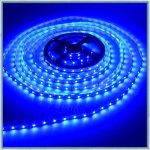Why LED Lights Flicker: Understanding the Causes and Solutions

In today’s world, LED lights have become a popular choice for lighting up homes and workplaces. They are energy-efficient, long-lasting, and eco-friendly. However, one common issue that LED lights face is flickering. Flickering lights can be annoying and distracting, but they can also pose a health hazard, especially for people with epilepsy or other neurological conditions. Therefore, it is essential to understand the causes of LED light flickering and find solutions to address this issue. LED lights can flicker due to several reasons, such as voltage fluctuations, electromagnetic interference, poor wiring, or incompatible dimming systems. Voltage fluctuations occur when the voltage in the electrical circuit fluctuates, causing the LED lights to flicker. Electromagnetic interference can also cause LED lights to flicker, especially if there are electronic devices nearby that emit electromagnetic waves. Poor wiring can cause voltage drops, which can lead to flickering lights. Finally, incompatible dimming systems can cause flickering, as not all LED lights are compatible with certain dimmers. Understanding the causes of LED light flickering is crucial to finding effective solutions to this problem.
LED stands for Light Emitting Diode and refers to a type of lighting technology that has gained significant popularity in recent years due to its energy efficiency, longevity, and versatility. LED lights are more efficient than traditional incandescent bulbs because they consume less electricity to produce the same amount of light. Additionally, they have a much longer lifespan, lasting up to 25 times longer than their incandescent counterparts, which reduces the need for frequent replacements. The versatility of LED lights also makes them highly sought after, with a wide range of colors and styles available for various applications. As a result of these benefits, LED lights are becoming increasingly popular in homes, businesses, and public spaces. However, despite their many advantages, LED lights are not immune to flickering, which can be caused by a variety of factors discussed in this article.
Flickering is a phenomenon that occurs when LED lights rapidly turn on and off, causing a fluctuation in the brightness of the light output. Although LED lights are known for their energy efficiency, long lifespan, and low heat output, they are also prone to flickering, which can be a significant problem for users. The main reason behind the flickering of LED lights is due to the fluctuation of electrical power that reaches the light source. This can be caused by various factors, such as poor wiring, voltage drop, or incompatible dimmer switches. As a result, flickering can cause eye strain, headaches, and other health issues for people who are sensitive to it. Moreover, it can also lead to reduced performance and lifespan of the LED lights, making it a serious concern for both residential and commercial settings.
Causes of LED Lights Flickering

LED lights have become increasingly popular in recent years due to their energy efficiency and long-lasting lifespan. However, one common issue that many individuals face with LED lights is flickering. LED lights flickering can be a frustrating experience, as it can affect the overall ambiance of a room and cause discomfort for those exposed to it. Understanding the causes of LED lights flickering can help individuals identify the issue and find a suitable solution. There are several factors that can contribute to LED lights flickering. One of the most common causes is voltage fluctuations. LED lights require a steady supply of voltage to operate effectively, and any sudden changes in voltage can cause the lights to flicker. This can occur due to various reasons such as power outages or electrical issues in the wiring. Furthermore, the use of dimmer switches can also contribute to LED lights flickering. LED lights are not compatible with all dimmer switches, and using a non-compatible switch can cause the lights to flicker or even fail to turn on.
Voltage fluctuations are one of the most common causes of LED light flicker. These fluctuations occur when the voltage supplied to the LED light source is not constant and varies over time. This can happen due to several reasons, such as changes in the electrical load on the circuit, fluctuations in the power grid, or faulty wiring. When the voltage fluctuates, it can cause the LED light to flicker, dim, or even turn off altogether. Additionally, voltage fluctuations can damage the LED light source over time, reducing its lifespan and potentially causing premature failure. To prevent voltage fluctuations from affecting your LED lights, it is important to ensure that your electrical system is properly grounded and that your LED lights are compatible with the voltage and frequency of your electrical supply.
One of the most common reasons why LED lights flicker is due to the incompatibility between the LED light and the dimmer switch being used. Traditional dimmer switches are designed to work with incandescent bulbs, which have a different voltage requirement than LED lights. When LED lights are used with an incompatible dimmer switch, it can cause the voltage to fluctuate and result in flickering. This issue can be resolved by installing a dimmer switch that is specifically designed for LED lights, which will provide a steady voltage and eliminate flicker. It is important to ensure that the dimmer switch and LED lights are compatible before installation to avoid any issues.
Overheating is one of the primary causes of LED lights flickering. When LED lights are subjected to excessive heat, the components inside the bulb may start to degrade, causing the light to flicker or even fail entirely. The most common reason for overheating is when the LED light is placed in an enclosed fixture that traps the heat emitted from the bulb. This trapped heat can lead to a significant increase in temperature, which affects the performance of the LED driver, causing the light to flicker. Additionally, when LED lights are exposed to high ambient temperatures for an extended period, they may start to flicker due to thermal stress. Therefore, it’s essential to ensure that LED lights are installed in an open fixture that allows for proper heat dissipation and that the ambient temperature is kept within the recommended range to prevent flickering.
Solutions to LED Lights Flickering

LED lights are becoming increasingly popular due to their energy efficiency and long lifespan. However, one common issue that can arise with LED lights is flickering. Flickering can be annoying, distracting, and even lead to headaches for some people. Fortunately, there are several solutions to LED lights flickering. One solution is to use LED bulbs that have been specifically designed to combat flickering. These bulbs are made with high-quality components that help to regulate the flow of electricity, reducing the likelihood of flickering. Another solution is to use a dimmer switch that has been designed specifically for use with LED bulbs. These switches are designed to regulate the flow of electricity to the bulbs, preventing flickering. Another solution to LED lights flickering is to replace the LED driver. The driver is responsible for regulating the flow of electricity to the LED bulbs, and if it is faulty, it can cause flickering. Replacing the driver with a higher-quality, more reliable model can resolve the issue. Additionally, it is important to ensure that the wiring in your home is up to code and that your LED lights are properly grounded. Faulty wiring or improper grounding can cause flickering, and fixing these issues can eliminate the problem. Overall, there are several solutions to LED lights flickering, and with a little bit of troubleshooting, you can enjoy the energy efficiency and longevity of LED lighting without the annoyance of flickering.
Voltage regulators and stabilizers are essential devices that help to regulate voltage fluctuations in electrical systems. They are widely used to manage the voltage supply to LED lights, which can be affected by fluctuations in the power supply. Voltage regulators work by maintaining a constant voltage output, while voltage stabilizers keep the voltage within a specific range. These devices are crucial in ensuring that LED lights operate smoothly and without flickering. Voltage fluctuations can cause instability in LED lighting systems, leading to flickering, reduced lifespan of the bulbs, and reduced energy efficiency. With the use of voltage regulators and stabilizers, the voltage supply to LED lights can be stabilized, ensuring optimal performance and reducing the risk of damage to the system.
The use of compatible dimmer switches specifically designed for LED lights is crucial in preventing flickering issues. Unlike traditional incandescent bulbs, LED lights require a different type of dimmer switch that is designed to regulate the amount of electricity supplied to the bulb. Using a standard dimmer switch designed for incandescent bulbs can result in flickering, buzzing, and even damage to the LED light. It is important to ensure that the dimmer switch is compatible with the LED light being used to avoid any potential issues. Some LED lights come with their own dimmer switch, while others require a separate purchase. By using a compatible dimmer switch, users can enjoy the benefits of LED lighting without any flickering or other problems.
Proper ventilation and cooling of LED lights are essential to prevent overheating and flickering. Overheating can damage the LED lights, reduce their lifespan, and affect their performance. To prevent overheating, it is important to ensure that LED lights are installed in a well-ventilated area and that the surrounding temperature is not too high. Cooling systems such as heat sinks and fans can also help to dissipate excess heat and maintain a stable temperature. Additionally, it is important to choose high-quality LED lights that are designed to withstand high temperatures and have built-in thermal protection. By taking these steps, you can ensure that your LED lights operate efficiently and without flickering.
Other Factors That Can Affect LED Lights

Aside from voltage fluctuations and incompatible dimmer switches, there are other factors that can affect the performance of LED lights. One of these is temperature. LED lights are sensitive to temperature changes and can flicker or even fail if they get too hot. This is especially true for LEDs that are used in outdoor or industrial applications, where they may be exposed to extreme temperatures. To prevent this, it’s important to choose LED lights that are specifically designed for the environment in which they will be used, and to make sure that they are properly ventilated to dissipate heat. Another factor that can affect LED lights is electromagnetic interference (EMI). EMI is caused by electromagnetic radiation from other devices or equipment, and it can cause LED lights to flicker or even turn off completely. This is a common issue in industrial settings, where there are often multiple sources of EMI. To prevent EMI from affecting LED lights, it’s important to choose lights that are shielded against interference, and to make sure that they are properly grounded. Additionally, it may be necessary to separate LED lights from other equipment to minimize the risk of interference.
The quality of LED lights plays a critical role in their performance, and it determines how effectively they convert electricity into light. High-quality LED lights have a well-designed circuit that reduces the chances of flickering and ensures that the light output is consistent. Additionally, good quality LED lights are less prone to overheating and can operate for longer periods without degradation in their performance. LED lights with poor quality components, on the other hand, are more likely to flicker, have a shorter lifespan, and may not meet the required safety standards. Hence, it is crucial to invest in high-quality LED lights to avoid flickering and other issues that can affect their performance and lifespan.
The age of LED lights can have a significant impact on their efficiency and performance. Over time, the components of LED lights can degrade, leading to a decrease in their ability to produce consistent and stable light output. This can result in flickering, dimming, or even complete failure of the LED light. Additionally, as LED lights age, they can become more sensitive to changes in temperature, humidity, and voltage fluctuations, which can exacerbate the flickering issue. Regular maintenance and replacement of older LED lights can help ensure their continued efficiency and optimal performance.
LED lights flicker due to various reasons, including incompatible dimmer switches, voltage fluctuations, and incompatible bulbs. One of the most common causes of flickering is the use of non-dimmable bulbs with a dimmer switch. In such cases, replacing the bulb with a compatible dimmable LED bulb can fix the issue. Voltage fluctuations can also cause flickering, especially in older buildings with outdated wiring. Installing a voltage regulator or stabilizer can help regulate the voltage and prevent flickering. Additionally, using high-quality LED bulbs and avoiding cheap, low-quality options can also reduce flickering. It is crucial to identify the cause of the flicker before attempting to fix it to ensure the most effective solution.
The use of high-quality LED lights and their proper maintenance is of utmost importance to prolong their lifespan. LED lights are known for their energy efficiency and durability, but they are also susceptible to flickering, which can lead to premature failure. Therefore, it is essential to choose LED lights that are manufactured with high-quality components and to ensure that they are installed correctly. Additionally, proper maintenance, such as regular cleaning and inspection of the lights, can help to prevent flickering and extend their lifespan. By investing in high-quality LED lights and taking care of them properly, individuals and businesses can enjoy the benefits of energy-efficient lighting while avoiding the inconvenience and cost of premature failure.
Conclusion

In conclusion, understanding the causes and solutions of LED lights flickering can help homeowners and businesses avoid potential problems and ensure their lighting systems are functioning properly. From voltage fluctuations and incompatible dimmer switches to faulty wiring and poor quality LED products, there are various factors that can contribute to flickering lights. However, with the right troubleshooting techniques and proper maintenance, such issues can be easily resolved. It is important to invest in high-quality LED products and seek professional assistance when needed to ensure a safe and reliable lighting system. By taking proactive measures to address flickering lights, individuals can enjoy energy-efficient and long-lasting illumination that enhances their daily activities and promotes overall well-being.




